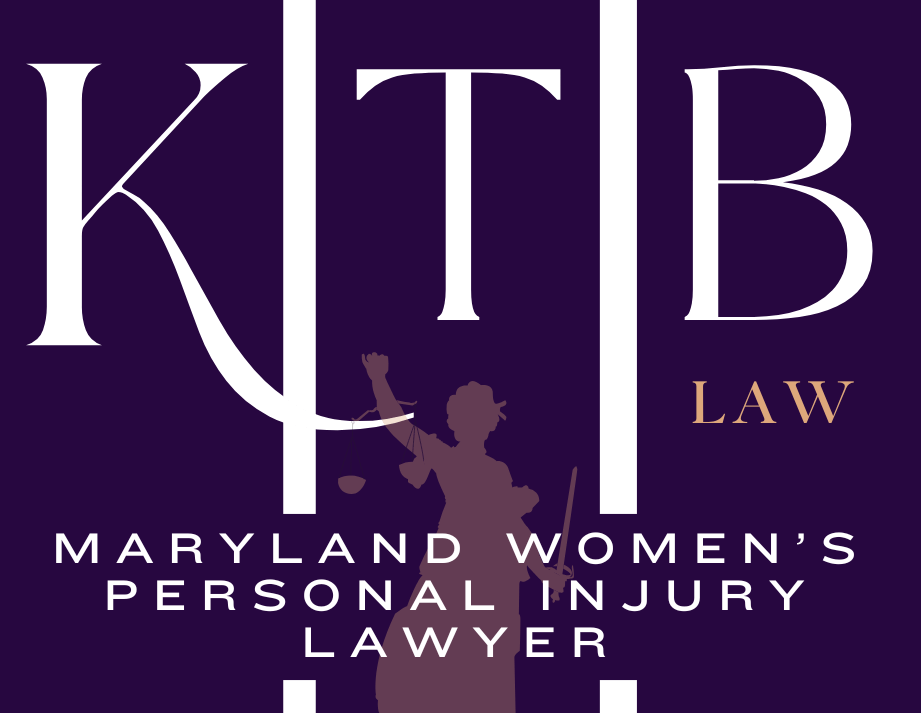Maryland Women’s Car Accident Lawyer
Kellie T. Barnes Attorney at Law helps women in Maryland when they’re injured in a car accident.
While your rights as an injury victim don’t change because you’re a woman, the reality is that you do face unique challenges.
Whether it’s your injuries or how the insurance company approaches your claim, it can be a difficult process to get back on track.
My firm can help you. Set up a free consultation today to learn more.
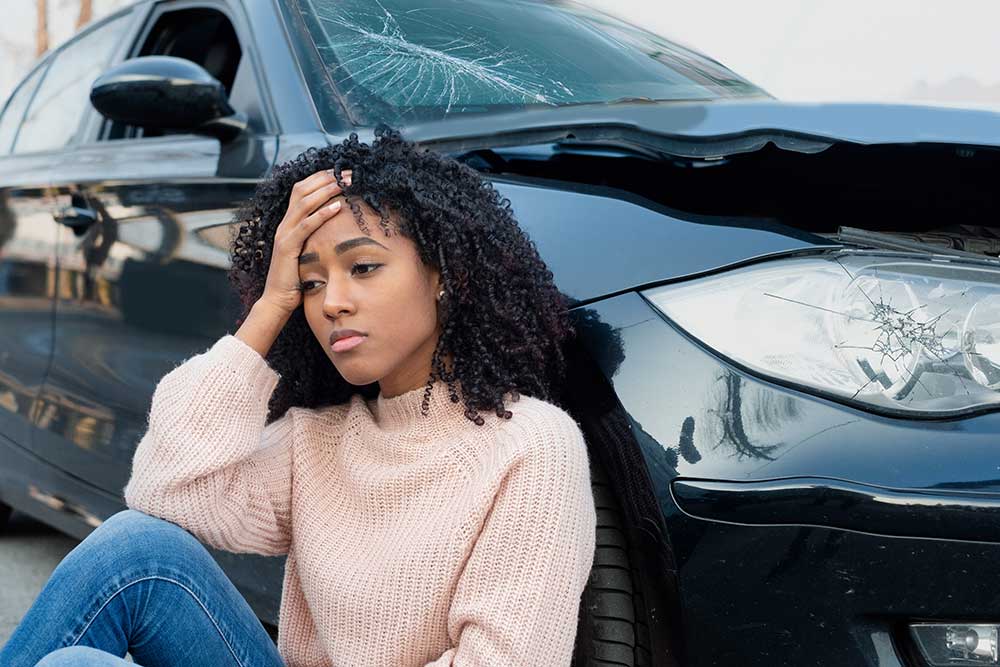
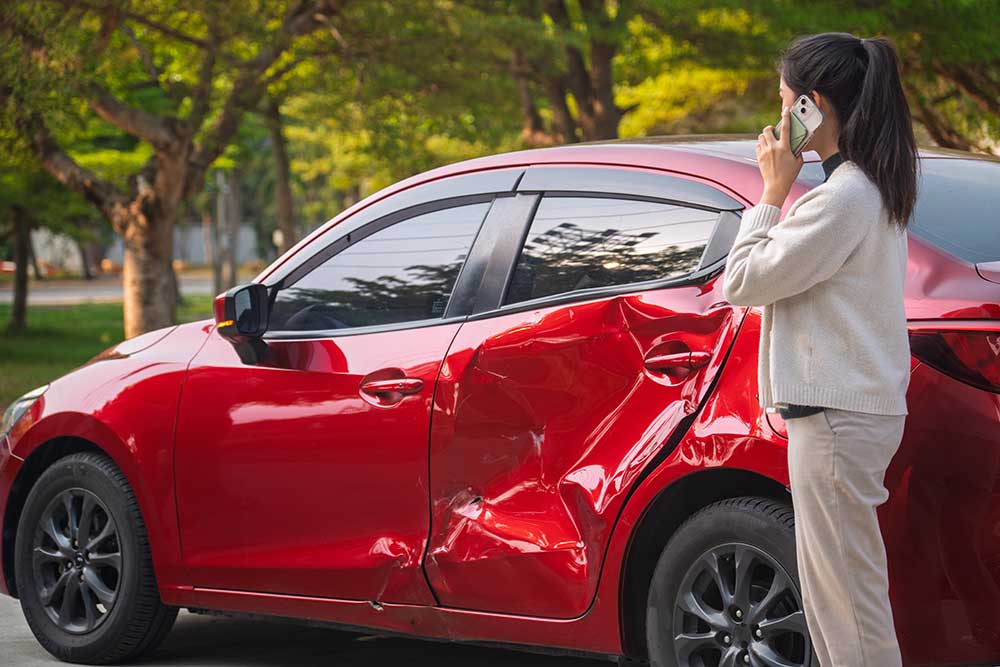
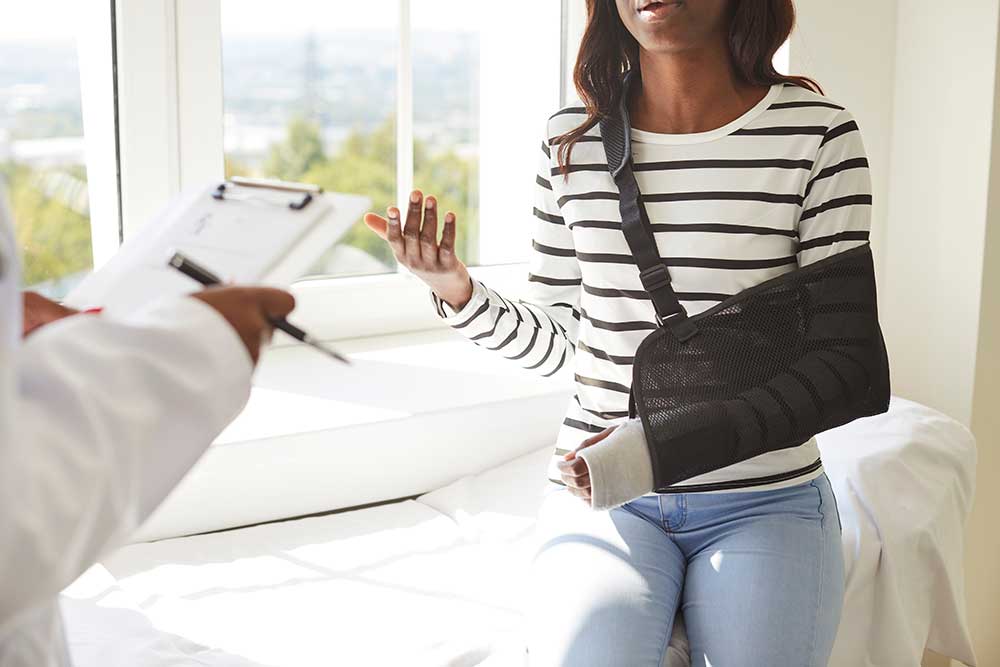
Do I Really Need a Lawyer?
It’s a fair question.
Some fender benders don’t require legal help. But even a seemingly small car accident in Maryland can leave you with lasting injuries that unsettle everything–your work, family, and daily life. So, while you don’t need a lawyer as a woman that’s been hurt in a car accident, having one that understands what you’re going through–and what you’re up against–can really help. Here’s why:
- Medical bias is real. Studies show women’s pain reports are sometimes minimized in ERs or doctor’s offices. That means injuries like whiplash, concussion symptoms, or soft tissue damage don’t always get the attention they deserve right away.
- Family responsibilities matter. If you’re the one juggling work, kids’ schedules, or caregiving duties, even temporary limitations can turn life upside down.
- Maryland is strict when it comes to fault. Unlike a lot of states, Maryland uses “contributory negligence.” That means if the insurance company can pin even 1% of blame on you, they can deny your claim completely.
With all of this, it’s easy to see why having a lawyer can help. But specifically, when you work with my team, here’s what we’ll do for you:
- Dig into the accident to see who’s really responsible.
- Collect the right evidence to show how the accident is affecting your life.
- Handle insurance calls so you can focus on getting better and keeping things moving.
- Take your case to court if we have to.
Basically, we make sure your story isn’t overlooked because you’re a woman.
Once you’ve decided to get help, the next step is understanding what makes a strong claim—and what you can do to set it up.
What Can Help Me Strengthen My Car Accident Claim?
After a car accident, it can feel like everything’s spinning out of control. Medical bills, car repairs, insurance calls—life piles up fast.
But one thing you can control is the information you collect right away. Think of it as the building blocks of your claim. Here’s what you’ll usually need:
- Medical records. Every appointment, prescription, or follow-up counts. These show the real impact of your injuries.
- Police or accident reports. Maryland’s strict rules on fault make official records critical. We’ll help you get the accident report and review it with a fine-tooth comb to make sure it lines up with what actually happened.
- Your own notes. Your story matters. Write down how the car accident is impacting your daily life—household chores, childcare, work, or hobbies.
- Pictures/videos. These are always some of the strongest pieces of evidence. Take pictures/videos of the scene, car damage, road conditions, and visible injuries. This can show a jury or insurance adjuster what the aftermath looked like–before everyone else gets involved.
- Witness statements. People who saw what happened can confirm your version of events. This is helpful in any accident, but especially in ones where it’s more “he said, she said.”
- Receipts and expenses. Keep track of your receipts and expenses relating to childcare, home help, gas for appointments, medications—anything that shows extra costs that you’re dealing with.
You don’t need to have everything perfectly organized.
You don’t need to have everything perfectly organized. These pieces just give your claim a solid foundation, and we’ll help you figure out what really matters. It’s also important because it feeds directly into the next question: who’s responsible?
Who’s Legally Responsible For My Injuries in a Car Accident?
Fault is one of the hardest things to figure out after a car accident. It’s not hard to see why–there’s a lot of different factors in play. But before we break that down, it’s important to look at how the legal standard for fault–or liablity–is set:
- A person has a duty to drive safely.
- They breached that duty by being negligent–speeding, texting, or running a light, etc.
- Their actions directly caused the accident.
- The accident caused your damages–medical bills, car repairs, lost income, etc.
On paper, liability sounds simple: someone had a duty to drive safely, they broke that duty, and their actions caused your injuries. But in real life? It’s rarely that clean because there’s so many different factors in play, from other drivers to the condition of the road. Ultimately, it’s going to come down to what happened. In a typical car accident, though, legal responsibility falls on:
- Other drivers
- Employers or trucking companies–if the driver was on the clock at the time
- Vehicle or parts makers
- City or state government agencies responsible for maintaining safe road conditions or signage
Because of Maryland’s contributory negligence rule, proving fault clearly is critical.
Even a tiny bit of misplaced blame could block your recovery, but once we know who’s responsible, the next step is figuring out how you want to file your claim.
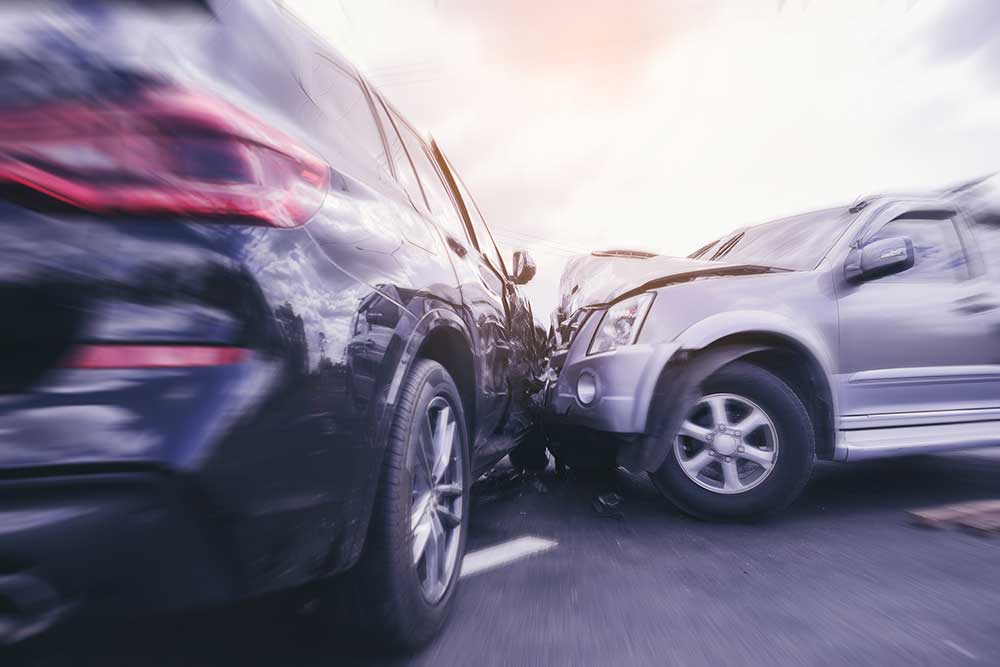
How Should I File My Car Accident Claim?
When you’re dealing with the aftermath of a car accident, a big question you’ll have to answer is: how do you want to file your claim? The answer depends on your personal situation, as well as the information you have and what your needs are. But in terms of your options, there’s mainly two:
- Filing an insurance claim – Most cases start with a claim against the at-fault driver’s insurance. This happens outside of court, with the adjuster investigating and then making an offer. The catch? That first offer is often much lower than what you actually need. With some negotiating, it might move closer to fair—but if it doesn’t, you still have another option.
- Filing a lawsuit – When the insurance company won’t budge, the next step may be filing a personal injury lawsuit. This process takes more time, but it often results in stronger financial support, whether through a later settlement or a verdict at trial.
Once your claim is filed, the focus shifts to your damages—the real-life losses the accident left you with. These are unique to your situation, but often include:
- Current and future medical bills
- Lost income or reduced earning ability
- Car repair or replacement costs
- Pain and suffering
- Emotional distress
- Loss of enjoyment in daily life
- Wrongful death damages, if a loved one was killed in the accident
In Maryland, you usually have three years from the date of the accident to file a claim.
Miss that deadline, and even the strongest case can be barred from moving forward. But deadlines and paperwork only tell part of the story. The truth is, accidents in Maryland tend to cluster in certain places—busy highways, dangerous intersections, and high-traffic stretches of road where one wrong move can change everything.
How Are Women Usually Involved in Car Accidents in Maryland?
It’s true that a car accident doesn’t discriminate.You’re just as likely to be involved in one as a woman in Maryland as anyone else. But that doesn’t mean there aren’t more common scenarios that you and other women need to watch out for:
- Rear-end collisions on busy commutes or school pickup or dropoff.
- T-bone collisions when you’re making your way through a stop light while you’re running errands.
- Accidents from distractions, especially from text messages, emails, or even your own kids.
- Multi-car pileups on the interstate.
- Parking lot accidents, especially in busier shopping centers.
Understanding how and where these accidents happen isn’t just about theory—it’s about knowing what to do, how to protect yourself, and how to make sure your claim reflects what really happened.
Frequently Asked Questions
Do I always need a lawyer after a car accident?
Not always. For very minor accidents, you might handle it on your own. But if there are injuries, ongoing medical care, or insurance pushback, a lawyer can help make sure you don’t get shortchanged.
What if the other driver doesn’t have insurance?
Maryland law lets you use your own uninsured/underinsured motorist coverage to cover your damages.
How long do I have to file a claim in Maryland?
Generally, you have three years from the date of the accident to file. Waiting too long can mean losing your right to recover at all.
Reach Out for Help After a Maryland Car Accident
Being in a car accident is scary—and it can turn your day, week, or even month upside down.
On top of dealing with injuries, there are medical appointments, insurance calls, and maybe even kids or work responsibilities depending on your plate. It’s a lot to manage, and you don’t have to do it alone.
At Kellie T. Barnes Attorney At Law, we know Maryland roads and the unique challenges women face in car accidents. We’ll be there to explain your rights and make sure you have what you need for a strong claim. Reach out today for a free, no-obligation consultation.
